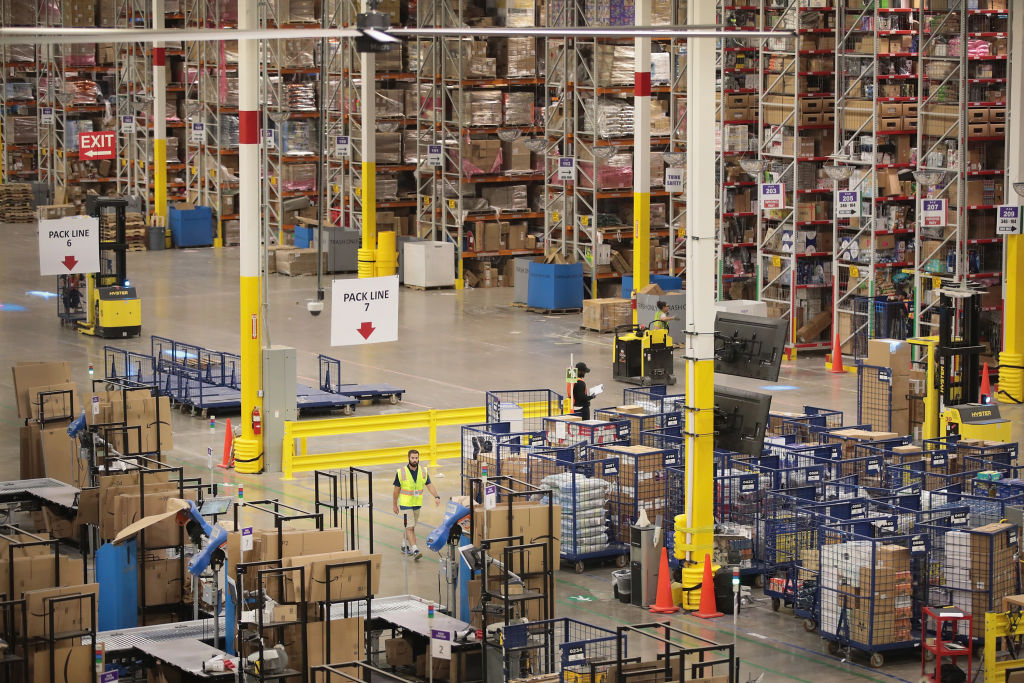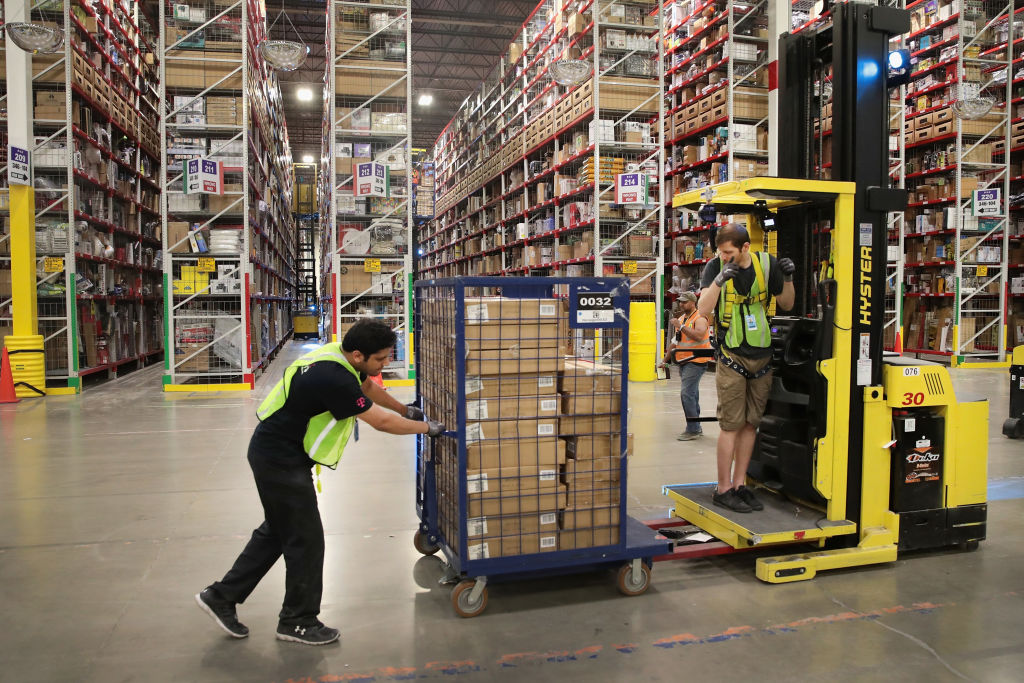It feels more than a little symbolic of America’s shift away from a middle class economy that Amazon wants to built its newest distribution center on the site of the old Ryerson steel mill in Pullman.
Amazon is owned by the world’s richest person, and pays its employees $15 an hour, or $31,200 annually. Pew defines the middle class as those earning 67 to 200 percent of the median household income, or $45,602 to $136,806 in Chicago.
Fifteen bucks an hour may sound like a solid wage to millenials, but it’s not as much as steelmaking once paid on the South Side.
Back in 1965, a young man could graduate from Chicago Vocational High School, walk over to Interlake Steel, and get hired to shovel taconite into a blast furnace on the midnight shift. (I profiled one such man in Salon.) His was the hottest, hardest job in the mill, but it paid $2.32 an hour, the equivalent of $19.19 today or nearly $40,000 annually. The experienced workers earned a lot more. Everyone in the mill was represented by the United Steelworkers of America, which demanded such wages.
Steel began to die out on the South Side in the 1980s. First Wisconsin Steel closed, then U.S. Steel South Works, which employed 20,000 workers. Ryerson hung on until 2006. Some of the laid-off steelworkers ended their working lives delivering soda or collecting tolls on the Skyway.
Since then, America has gone from a country that makes things to a country that puts things in boxes and delivers them to your front door. Many of those new jobs don’t pay as well, not because they require less skill, but because the workers who do them don’t belong to unions.
Amazon is the nation’s second-largest employer, after Walmart, and those two companies are more representative of that trend than any others. Amazon’s resistance to unionization came to light after it purchased Whole Foods, and sent store managers a 45-minute training video that included such advice as “make it a point to regularly talk to associates in the break room. This will help protect you from accusations that you were only in the break room to spy on pro union associates.”

A few years ago, I worked in an Amazon warehouse over the Christmas season, pulling boxes off a conveyor belt and piling them onto pallets for shipment to the post office. The work wasn’t terrible: it was indoors, there was no heavy lifting, and I didn’t have a boss hovering over me, demanding quota. But it was part time, $12.50 an hour work, and many of my coworkers fit in their four-hour shifts between other gigs, such as delivering newspapers.
Because of that, the Chicago Federation of Labor opposes 9th Ward Ald. Anthony Beale’s proposal to give Amazon Class 6B status, which could cut its property taxes by more than 50 percent for up to 10 years, according to Crain’s. Pullman, the site of a violent 1894 railroad car strike that was broken up by federal troops, is hallowed ground for the American labor movement.
“The Chicago Federation of Labor calls on Amazon to build union, operate union, and participate in a robust community engagement process around any proposed facility,” said CFL President Bob Reiter. “The CFL also opposes any effort to hand out tax breaks to anti-union companies, especially ones that rake in more than $11 billion in profit without paying any federal income tax.”
This isn’t the first time the labor movement has gotten into it with Alderman Beale, who is willing to accept any jobs in his ward, union or not. Ten years ago, the group tried and failed to prevent Walmart from building a supercenter in Pullman.
For its part, Amazon would bring 500 construction jobs, 200 to 300 permanent jobs, and $60 million in investment to the area, according to Beale.
From its beginnings as an online bookseller in the dawn of the internet, Amazon has so woven itself into American life that it’s become indispensable to many shoppers. It beats the prices of traditional retailers, delivers on Sundays, and since acquiring Whole Foods, drops fresh food at front doors. For harried families, shopping Amazon is less of a hassle than driving to the mall.
Amazon is big, and it’s going to get bigger. By some metrics, it’s already surpassed Walmart. That’s made it a target of the Teamsters, the United Food & Commercial Workers Union, and the Retail, Wholesale and Department Store Union. If labor can organize Amazon, it will be their biggest victory since unionizing General Motors in the 1930s, when the automaker was the nation’s largest employer.
Even if they succeed, we may be past the day when it’s possible to walk out of high school and into the middle class.




